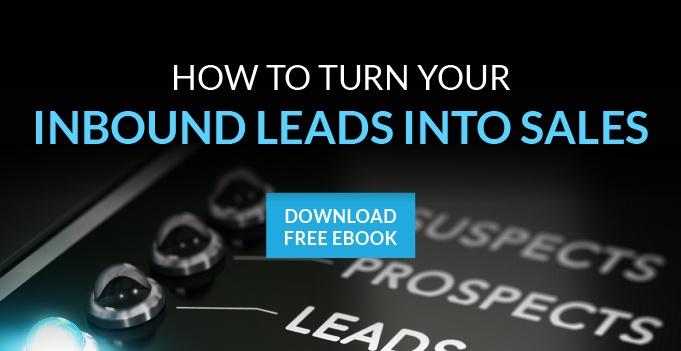 In the world of inbound marketing (and really, the business world altogether), it can be easy to get lost amidst all the jargon and corporate buzzwords. We talk about things like “impressions” and “social media impact” now, without ever really defining those terms. I don’t think anyone really understands the value of an “impression.” Just look at the Wikipedia article for social media impression and then try to explain it in one sentence. And if you can tell me how to turn an impression into a dollar, you’ll not only impress me, you’ll also become a very rich person.
In the world of inbound marketing (and really, the business world altogether), it can be easy to get lost amidst all the jargon and corporate buzzwords. We talk about things like “impressions” and “social media impact” now, without ever really defining those terms. I don’t think anyone really understands the value of an “impression.” Just look at the Wikipedia article for social media impression and then try to explain it in one sentence. And if you can tell me how to turn an impression into a dollar, you’ll not only impress me, you’ll also become a very rich person.
So instead of throwing more confusing terminology at you, today I want to explain some of that terminology. Namely, the inbound sales process, and how it can revolutionize your marketing efforts.
What is a sales process?
This is just a concise way of saying “the steps you take to close a sale.” It doesn’t even have to be a formal process that’s put on paper. Maybe you take all your clients out for coffee and pie to close the deal. Or maybe you always start a sale by introducing yourself and telling your company history. Almost anything could be a sales process - although it won't always be effective.
Adding method to your madness
Whatever your strategy is, we think it can be improved by incorporating the inbound sales process. This will give you a clearly defined path that you will guide each potential customer on. The path is very simple, as you can see here:

The process goes from left to right, and begins with a complete stranger: somebody totally unaware of our business and our products/services. We want to take this stranger through four steps: attract, convert, close and delight. Let’s briefly discuss each step in the process.
Attract
This is the linchpin of inbound marketing: the key to it all. Inbound marketing changed the sales conversation in the modern world, because it encouraged salespeople to stop pursuing customers. Sounds crazy, right? But inbound marketing aims to bring potential customers to your website instead of cold-calling them or sending out mailers. You attract the customers with strong content (informative blog articles), so that the business comes right to you.
Convert
OK, now that we’ve brought the visitor to the site, we have to turn them into a customer. How do you do that? Strong content is vital. If your content is uninformative, poorly written or just lousy, nobody is going to value your company’s insights or products. Therefore, you need to provide quality content that demonstrates your company’s value to the site visitor. If they believe your company is competent, they’ll be more inclined to do business with you.
Close
Once we get to this stage, it’s a little more of a traditional sales approach. You’ll want to provide a product demo or personal consultation at this point, involving your most seasoned salespeople. You’ve demonstrated your company’s value and shown the benefits of your products; now it’s time to seal the deal.
Delight
Since inbound marketing is about providing value to the customer to demonstrate our company’s worth, positive word-of-mouth is another critical component. Through the use of solid customer service and social media, we should continue to delight our customers even after our business is concluded. This enhances our corporate image, and gives us an opportunity to reach friends and family members of former clients.


Comments